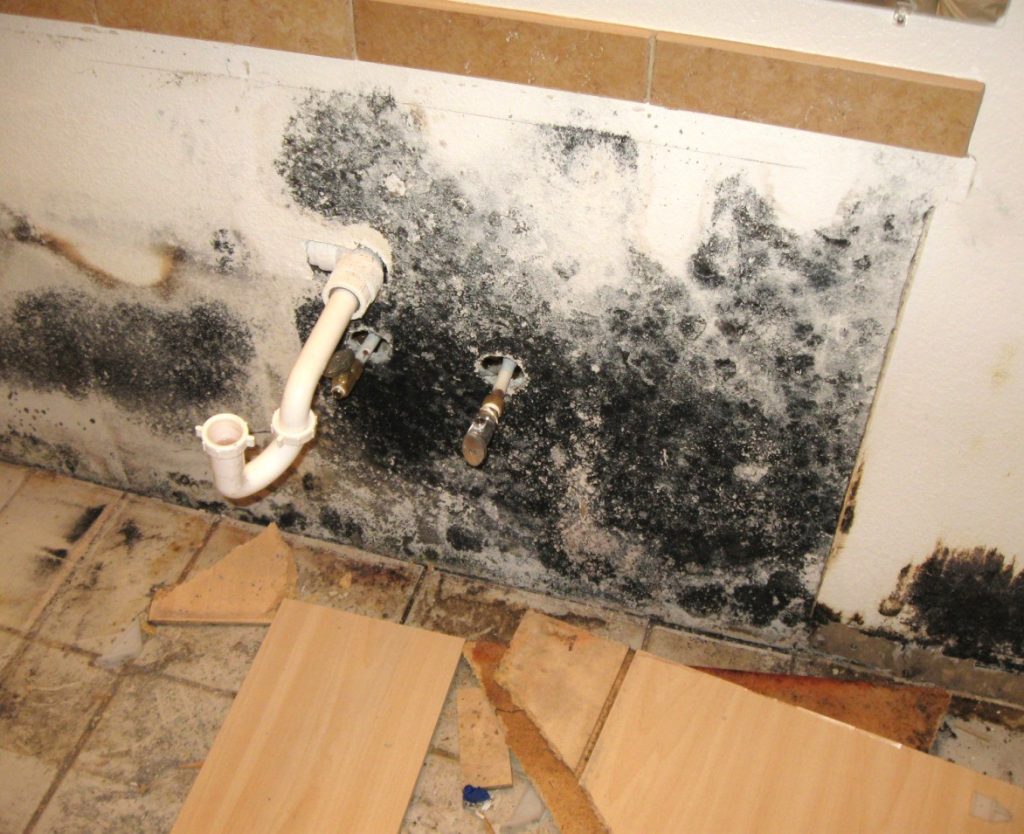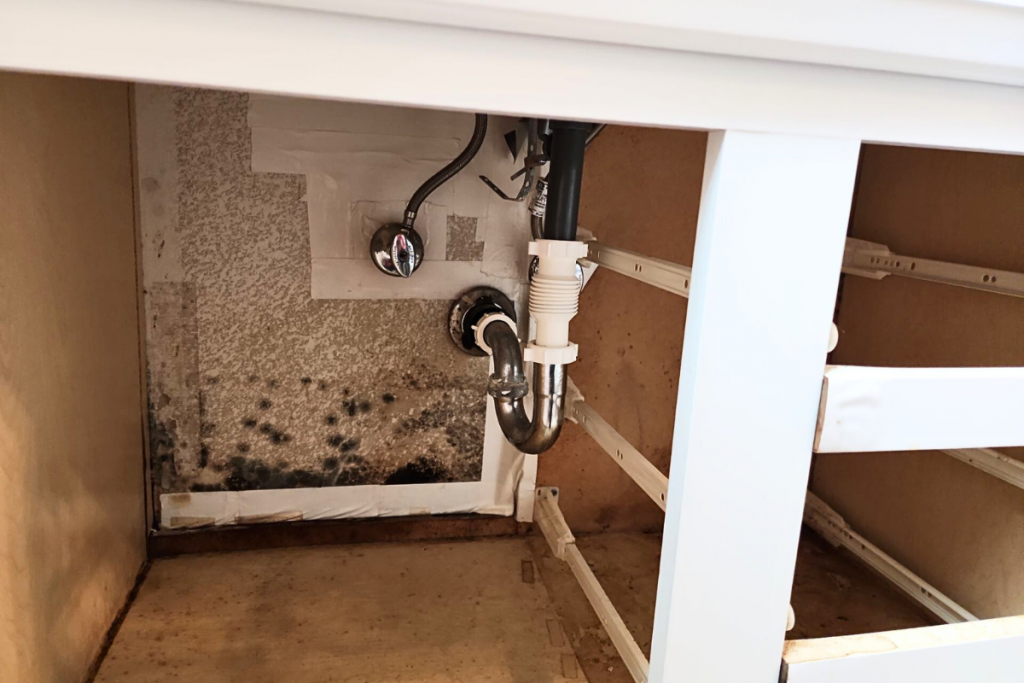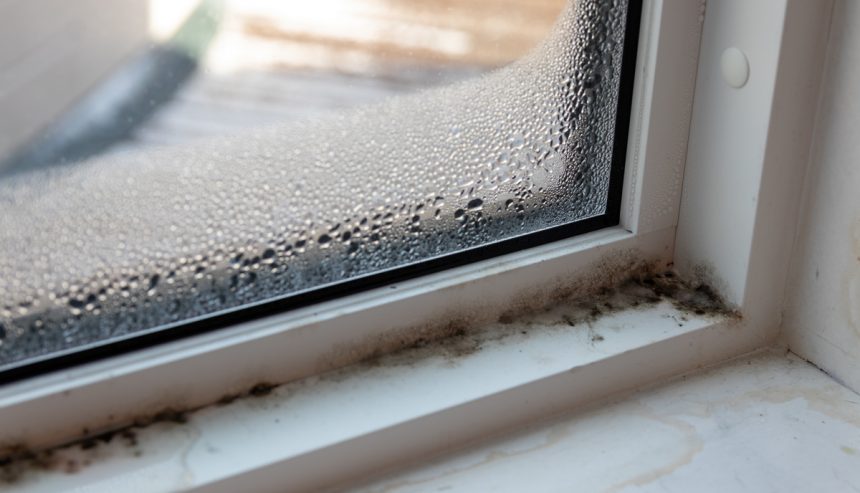Mold is a common household problem that often comes with misunderstandings and myths. At PuroClean of Covington, we believe that understanding the truth about mold can empower homeowners to take proactive steps in addressing mold issues and maintaining a healthy living environment. Let’s tackle some of the most widespread mold myths and uncover the facts behind them.
1. Myth: Mold Has No Benefits

Fact: While mold can negatively affect your health, it also plays a vital role in nature by breaking down organic material. Some molds are even used in food production, like the ones that create delicious cheeses, and in medicine, such as the Penicillium mold, which led to the development of penicillin.
2. Myth: Repeated Mold Exposure Won’t Make You Sick
Fact: Mold exposure can cause health issues, especially for individuals with respiratory conditions or sensitivities. According to the World Health Organization (WHO), approximately 15% of the population is sensitive to mold exposure.
Common symptoms associated with mold exposure include coughing, watery eyes, congestion, headaches, and even memory loss and dizziness. Researchers at Rutgers University have recently discovered that mold exposure can lead to Parkinson’s disease-like symptoms.
3. Myth: Mold Shouldn’t Exist in My Home
Fact: Mold spores are everywhere—indoors and outdoors. Even the air you are breathing contains mold spores, and completely eliminating it is almost impossible.
The Environmental Protection Agency (EPA) states that there is no practical way to eliminate all mold and mold spores in an indoor environment. Common reactions are related to the unusually high concentrations of mold in your home.
Greater amounts of mold can pose health risks and cause significant damage to your home if you do not take care of unwanted and high levels of moisture that can lead to mold infestation.
4. Myth: Mold Is Always Visible
Fact: Many people think that just because they can’t see it, it’s not there. Seeing isn’t believing when it comes to mold, as not all types of mold are visible. In fact, mold can grow behind wallpaper, under carpets, and inside walls and ceilings. Therefore, it’s best to rely on smell to detect mold. If you smell a musty odor, it can indicate moisture and mold likely being present.
5. Myth: You Can Identify Mold Species in Your Home
Fact: With thousands of mold species, it’s nearly impossible to identify them all. However, common types like Aspergillus or Stachybotrys chartarum (“black mold”) are often found in homes.

6. Myth: Bleach Kills Mold
Fact: Many people think to use bleach as a mold removal solution in their home. However, they are unaware that bleach does not kill mold or mold spores. It only bleaches it. According to the EPA, bleach is not recommended for mold cleanup as it can cause the mold to release spores and spread further.
Eventually, you see the mold return in areas where moisture is present or where high humidity is common, such as in showers in the bathroom. Cleaning and maintaining surfaces using a mix of household detergent and water can be effective in stopping mold from becoming an issue. Also, exhaust fans in bathrooms can keep humidity low and is an effective way to limit growth.
7. Myth: Small Mold Spots Aren’t a Big Deal
Fact: In reality, mold can become a bigger issue if the moisture problem is not addressed. Mold can even spread to any organic surface, as well as to the heating and ventilation system in your home. This can result in widespread damage and costly repairs.
8. Myth: You Can Always Handle Mold Cleanup Yourself
Fact: While small areas may be manageable, larger infestations (over 10 square feet) require professional remediation to ensure the problem is fully resolved and contained. In some cases, efforts taken to remove mold may even accelerate growth.
At PuroClean of Covington, our well-trained and certified technicians use specialized equipment and know the necessary techniques to get rid of mold efficiently.
9. Myth: Once Mold Is Gone, It Can’t Come Back
Fact: Mold can come back if the underlying moisture problem is not addressed. Mold thrives in damp, humid environments, so even if you successfully remove the visible mold, it can regrow if the conditions that allowed it to grow in the first place are not remedied. Fixing leaks, drying damp materials, and controlling humidity levels are crucial steps in preventing mold growth.
To prevent mold from returning, it’s crucial to identify and fix any sources of moisture, such as leaks, condensation, or high humidity levels. This may involve repairing plumbing issues, improving ventilation, using dehumidifiers, and ensuring proper drainage around the foundation of your home. The EPA recommends keeping indoor humidity levels between 30-50% to prevent mold growth.
Additionally, it’s important to keep your home clean and dry. Regularly cleaning and disinfecting surfaces, especially in moisture-prone areas like bathrooms and kitchens, can help prevent mold growth. Promptly drying any water spills or leaks is also essential. Wet materials should be dried within 24-48 hours to prevent mold growth.
10. Myth: Mold Only Grows in Old, Dirty Homes
Fact: Mold can grow in any home, regardless of its age or cleanliness. While older homes may be more prone to mold growth due to aging materials and outdated ventilation systems, new homes can also experience mold issues. In fact, new construction homes can be particularly susceptible to mold growth due to the high moisture content in building materials, such as lumber and drywall.

Understanding Mold and Taking Action
By debunking these myths, we hope you feel more confident in recognizing and addressing mold issues. At PuroClean of Covington, our certified technicians are trained to follow IICRC standards for professional mold remediation. We use the latest techniques and equipment to safely and effectively remove mold from your home or business.
If you’re facing a mold issue, don’t wait—contact PuroClean of Covington for mold remediation services!




 PuroClean Emergency Restoration
PuroClean Emergency Restoration